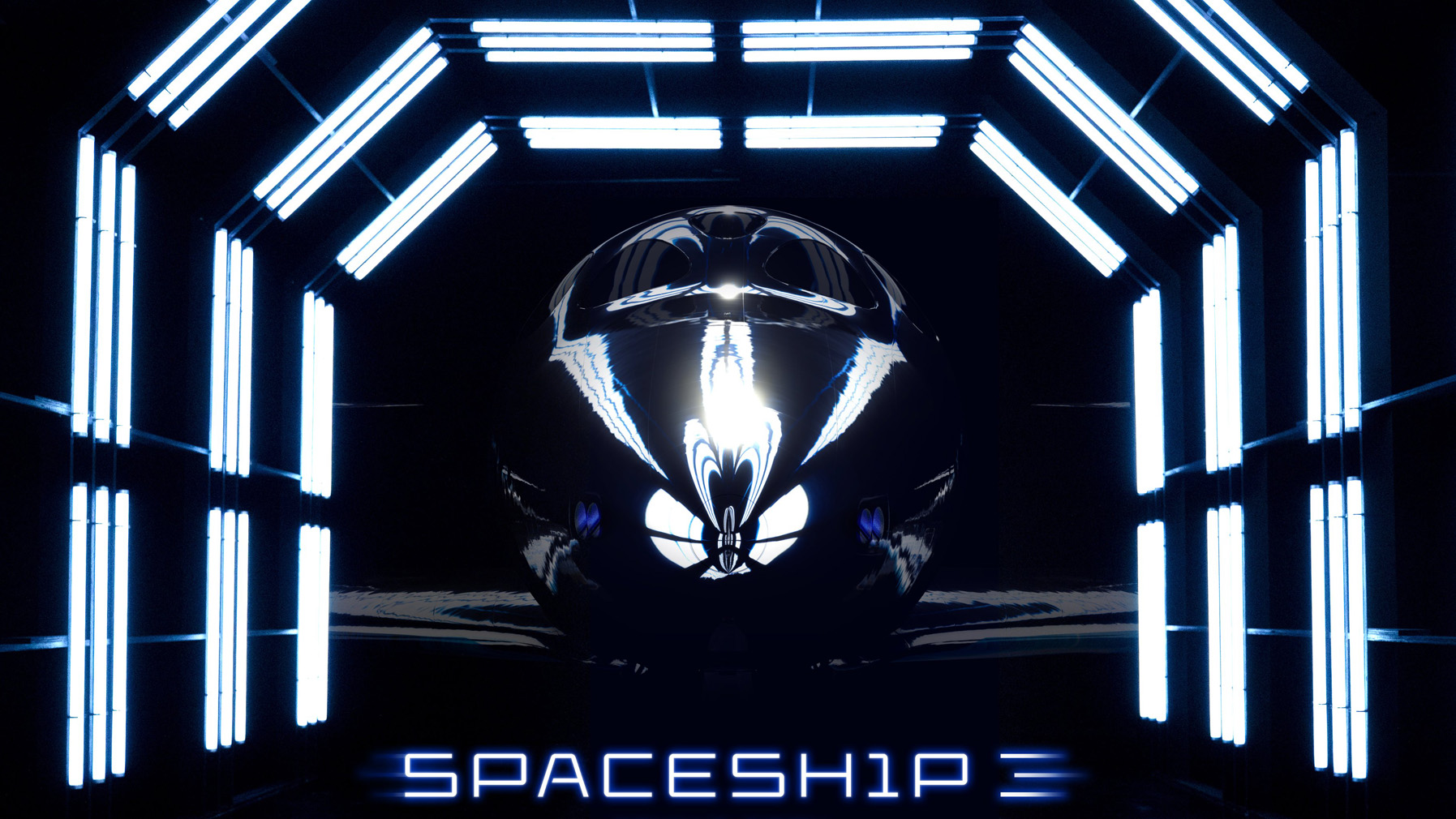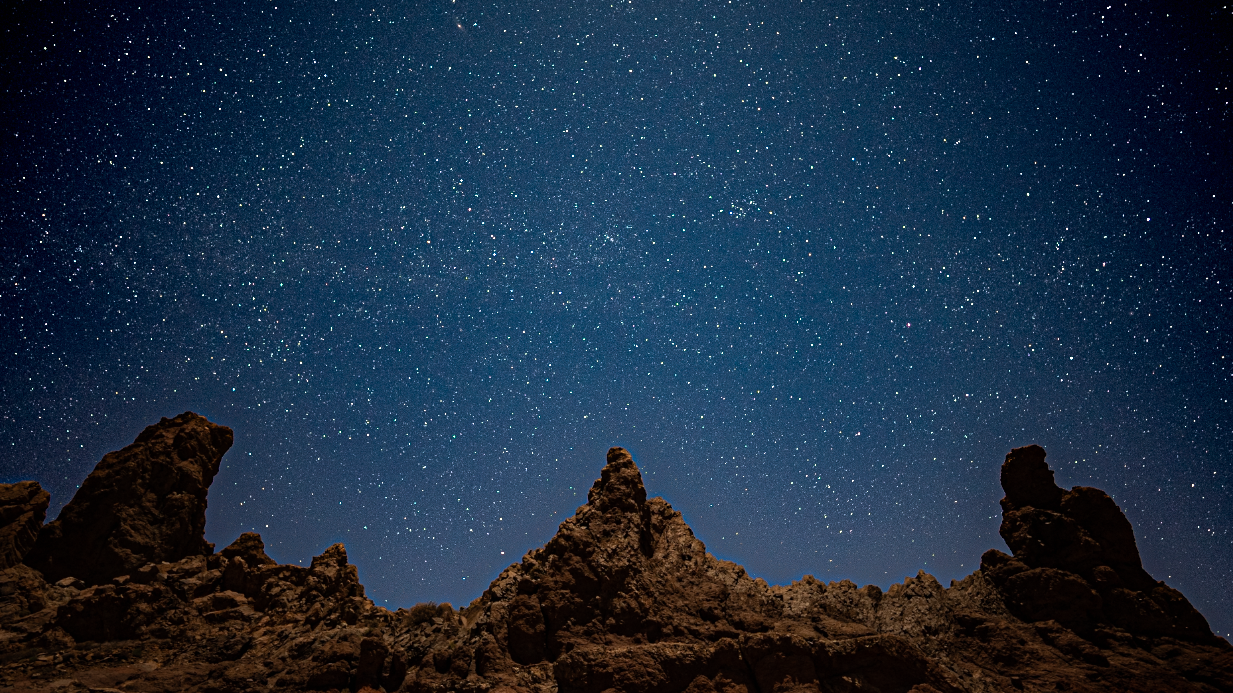Virgin Galactic to launch science communicator and researcher to space
Kellie Gerardi, citizen scientists and STEM influencer, will fly in space.
Virgin Galactic will launch Kellie Gerardi, an aerospace researcher and science communicator who's captured the world's attention with books and TikTok videos, to space as a payload specialist on an upcoming mission.
The suborbital spaceflight on a Virgin Galactic space plane will send Gerardi, author of "Not Necessarily Rocket Science: A Beginner's Guide to Life in the Space Age" (Mango Media, 2020), on a dedicated research flight to test new technologies related to human health amid other experiments. In addition to her communication work, Gerardi is a researcher at the International Institute for Astronautical Sciences (IIAS), which will collaborate with Virgin Galactic along with "academic and government partners," to plan the flight and onboard research activities, according to a statement.
"This is, obviously. a dream come true for me," Gerardi, told Space.com about the selection. "But I think it's also a really important precedent for the next generation of researchers and scientists and astronauts who are going to be able to use these platforms like Virgin Galactic to achieve all of their research goals and their personal goals of becoming astronauts and flying to space and doing something that in the past, only handfuls of humans have had the opportunity to do."
Related: How Virgin Galactic's SpaceShipTwo works (infographic)
The flight will last anywhere between approximately 60 and 75 minutes and both takeoff and land back at Virgin Galactic's hub of commercial operations, Spaceport America in New Mexico, Sirisha Bandla, vice president of government affairs at Virgin Galactic, told Space.com.
Virgin Galactic has developed a series of space planes, most recently newly announced SpaceShip III (which follows its predecessor SpaceShipTwo). They are designed to carry two pilots and up to six passengers on suborbital trips to space, and are launched from the air by the VMS Eve, a huge carrier plane
"We have a hybrid system with an aircraft and spacecraft," Bandla said. "So the aircraft will carry up our spaceship class of vehicles to high altitude release, the spacecraft will then light its rocket motor for 60 seconds. And that is enough to take SpaceShip to apogee. And there, we'll have three to four minutes of microgravity time where Kelly's going to do her work and her research."
Breaking space news, the latest updates on rocket launches, skywatching events and more!
During these minutes of weightlessness, Gerardi will unbuckle from her seat and complete her research objectives. While they cannot reveal all of the specifics yet of what will be brought on board, Gerardi shared that she will be conducting fluid dynamics research and collecting data using a wearable device called the Astroskin Bio-Monitor. Despite the tight timeline with just minutes of weightlessness, Gerardi said that she will be "baking in at least a full minute in that choreography just to look out the window and be in space."
At this moment, Bandla said, Virgin Galactic cannot release any information about when this mission might take off. "Unfortunately, we can't share any details on the future flight schedule," Bandla said.
While Virgin Galactic cannot share any specific information yet about when this flight might take place, in their first-quarter results released this May the company revealed that it will begin commercial service in 2022. In a report, Ars Technica, therefore, suggested that Gerardi's upcoming flight could take place as soon as 2022.
Email Chelsea Gohd at cgohd@space.com or follow her on Twitter @chelsea_gohd. Follow us on Twitter @Spacedotcom and on Facebook.

Chelsea “Foxanne” Gohd joined Space.com in 2018 and is now a Senior Writer, writing about everything from climate change to planetary science and human spaceflight in both articles and on-camera in videos. With a degree in Public Health and biological sciences, Chelsea has written and worked for institutions including the American Museum of Natural History, Scientific American, Discover Magazine Blog, Astronomy Magazine and Live Science. When not writing, editing or filming something space-y, Chelsea "Foxanne" Gohd is writing music and performing as Foxanne, even launching a song to space in 2021 with Inspiration4. You can follow her on Twitter @chelsea_gohd and @foxannemusic.

